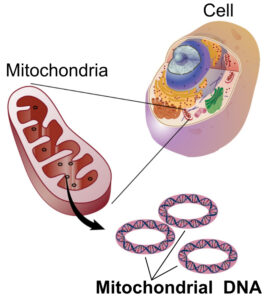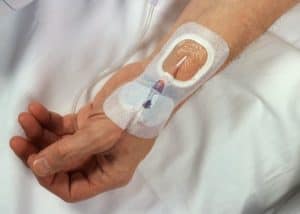Typical Migraine
Migraine headache is a type of headache that affects mainly young to middle-aged people, females more than males. If you study a typical migraine from medical textbooks then the symptoms would be somewhat as follows:
- One-sided throbbing headache.
- May or may not be associated with aura, aura is the following symptoms that appear before the onset of headache:
- Visual symptoms such as – the appearance of flashes, floaters, zig-zag lines, dots, etc. in the field of vision.
- Tingling, numbness, or pins and needles sensations over one side of the face hand, or leg.
- Numbness in the tongue or change in taste sensation.
- The severity of the headache is 6-8 out of 10.
- Sometimes headache can be associated with back of the eye pain and eye redness.
- A feeling of sickness/ nausea/ vomiting.
- Intolerance to bright light and harsh noise during the headache.
- Headache lasting for a few hours to a few days.
Aura is not classical for every migraine patient. Some migraine patients know their migraine triggers. Triggers are certain elements or situations that can start a migraine headache. Triggers are different for different individuals. Some common triggers are:
- Chocolate
- Cold-drinks / ice-creams
- Sour foods
- Sugary foods
- Certain perfumes
- Lack of sleep
- Chronic stress
Atypical Migraine
So far I have talked about typical migraine symptoms, but, a few patients have atypical migraine symptoms, and these atypical symptoms not only confuse the patients but also doctors, especially primary care physicians.
I work in stroke medicine at the registrar level in a renowned NHS trust, I see migraine patients every day. Doctors from other hospitals and general practitioners refer them to our hospital to exclude stroke, because the symptoms of atypical migraine can easily mimic stroke. Some symptoms of atypical migraine are given below:
- One-sided paralysis (otherwise known as ‘hemiplegic migraine’)
- Generalized weakness
- Migraine persisting for one week or more
- Migraine without headache (they have symptoms of migraine without headache)
- Gross sensory loss of one side of the body
- Blurred vision
- Extremely high severity headache
If someone experiences these atypical symptoms, especially paralysis of one side of the body or one limb they become very anxious. They think they might be having a stroke. They approach the hospital in an anxious/ panic situation. It is very difficult to convince some of the patients that they are having a migraine attack, instead of a stroke!
Now, the question is, if the atypical migraine symptoms can easily mimic stroke symptoms then how do we diagnose migraine?
Migraine Diagnosis
If a patient comes with stroke mimics migraine symptoms, then we take the full history from the patient, do the relevant medical examination, do some blood tests, and imaging of the brain, such as a CT scan or MRI scan of the brain.
Unfortunately, none of the tests can show migraine. If a person asks us, show me where is the migraine in my brain MRI image. We would not be able to show that. Why???
The underlying mechanism of migraine is not yet fully understood. There is one hypothesis that describes migraine due to transient constriction and relaxation of the blood vessels of the brain. However, migraine does not cause any permanent damage to the brain, therefore, it cannot be picked up in a CT brain or MRI brain test.
Migraine is a diagnosis of exclusion. After exclusion of more devastating diagnoses, like brain stroke, brain tumor, etc. we can clinically diagnose migraine based on all the information we have.
If you are a patient and you are reading this post then probably you will not be very pleased with the clinical diagnosis, because nowadays everybody wants solid proofs, nobody trusts a doctor!
Migraine treatment
First thing first, avoid migraine triggers, practice sleep hygiene, and reduce stress. Maintain a healthy lifestyle, most of your migraine-related problems will be gone.
If you are still having migraine headaches then take simple over-the-counter pain relief medications as soon as the headache starts or as soon as you can feel the aura. Go to a quiet and dark place and try to sleep.
If your migraine headache is of too much severity then contact your doctor. Your doctor will give you a stronger pain-relief medication.
If your migraine headache is too frequent then you may need to take migraine prophylaxis medication. These medications decrease the migraine frequencies and severity. These are prescription medications, which means you have to contact your doctor.
Reassurance
By no means migraine is a good thing to have, but it is certainly not as bad as having a brain stroke or brain tumor! I haven’t seen anyone die due to migraine headaches in my 13-year medical career. Hopefully, you will also not die and your migraine will be treatable. So, don’t put too much pressure on your head, as long as you follow the doctor’s advice you should get a good outcome.
Thank you for reading. The comment section is open for your thoughts!



